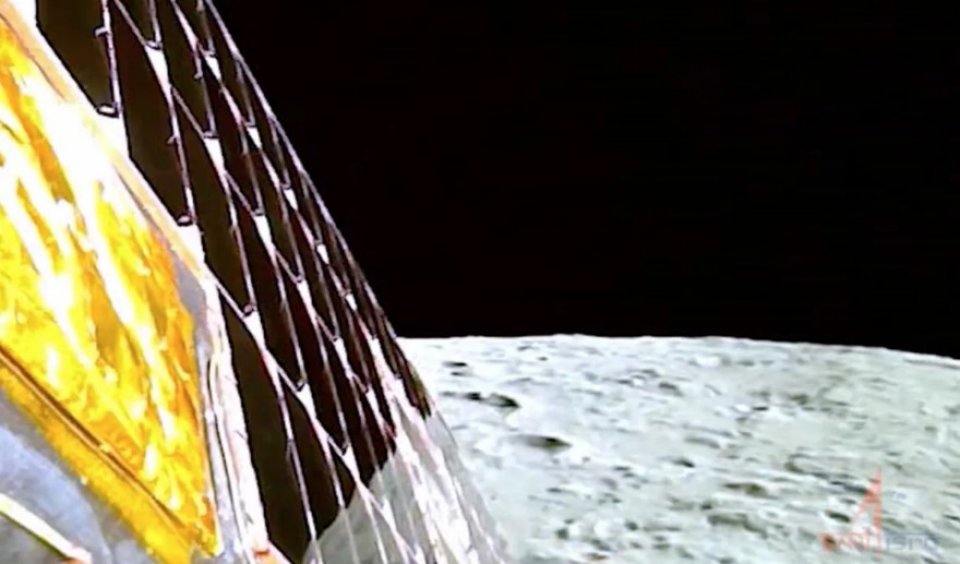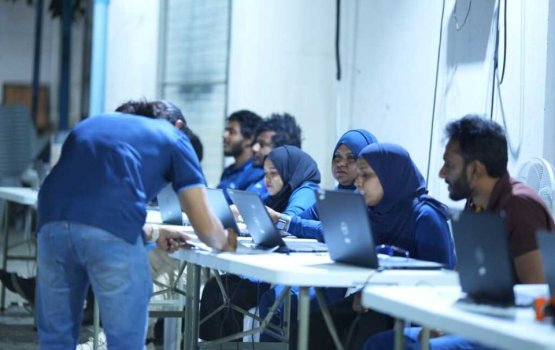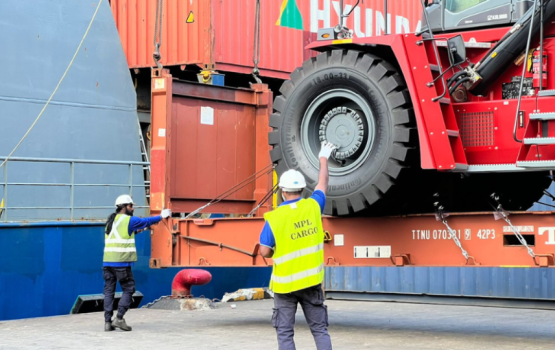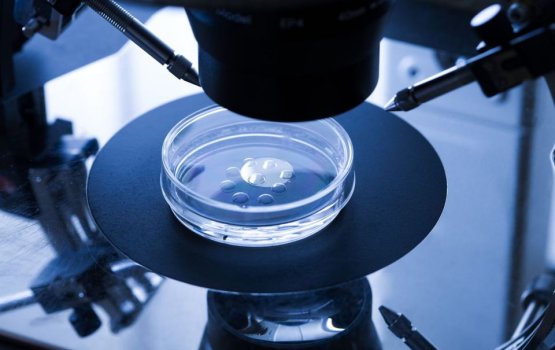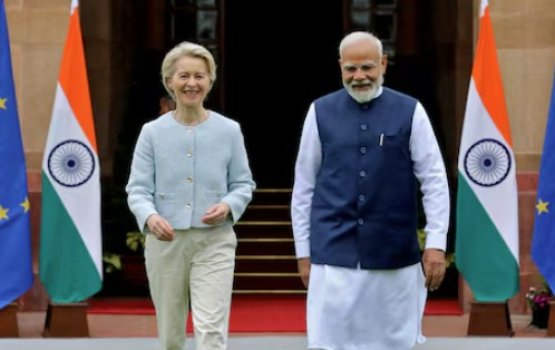India’s Chandrayaan-3 spacecraft is swooping toward the moon’s surface ahead of its historic landing attempt, and it’s capturing some stunning visuals on the way.
The Indian Space Research Organization confirmed Tuesday that Chandrayaan-3 is on schedule and “smooth sailing is continuing.” The spacecraft is set to begin its final descent toward the moon’s surface on Wednesday at 5:45 p.m. IST (8:15 a.m. ET).
If successful, this mission will mark the very first soft landing on the lunar surface by an Indian spacecraft and make India the fourth country ever to accomplish such a feat. Currently, the United States, China and the former Soviet Union are the only nations that have conducted controlled landings of spacecraft on the moon.
India’s space agency will livestream the landing attempt starting at 5:20 p.m. IST (7:50 a.m. ET) on Wednesday.
The ISRO on Tuesday marked the eve of Chandrayaan-3’s landing by sharing photos and footage captured with cameras on the spacecraft.
One bird’s-eye view of the moon was taken from 70 kilometers (43.5 miles) above the lunar surface, depicting such features as the Mare Marginis, a large black spot formed by ancient asteroid strikes on the extreme edge of the near side of the moon.
Another image, taken on August 20 from a much closer vantage point as the spacecraft whisked by, offered a close-up of the moon’s dusty gray terrain.
The spacecraft is able to orient its positioning by matching the images captured by its cameras to a lunar map programmed into its onboard computer, according to the space agency.
Chandrayaan, which means “moon vehicle” in Sanskrit, launched from the Satish Dhawan Space Centre at Sriharikota in India’s southern Andhra Pradesh state on July 14. The spacecraft has been making a slow, methodical approach toward the lunar surface.
The mission marks India’s second attempt to complete a soft landing on the moon. The first attempt, in 2019 with Chandrayaan-2, crashed into the lunar surface because of software issues and difficulties braking on its descent. (CNN)

